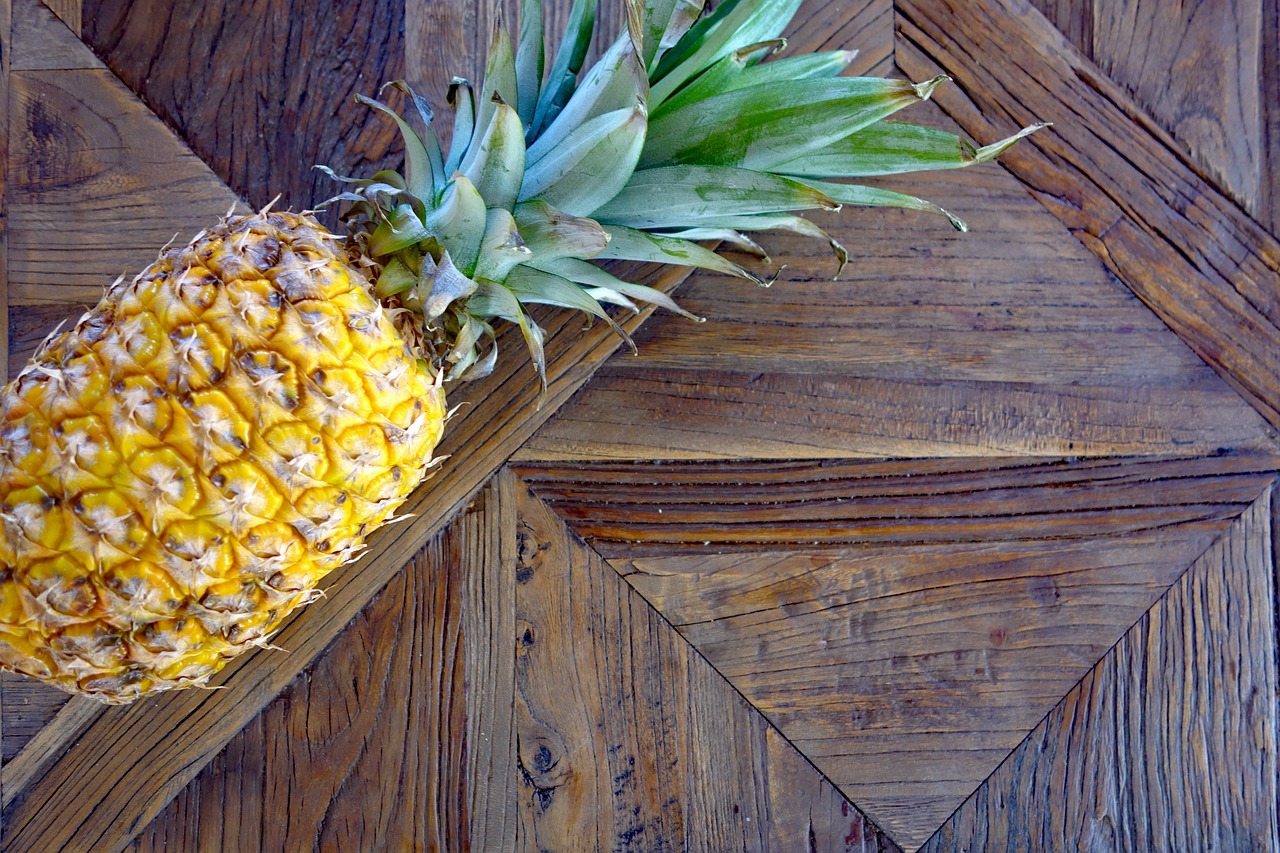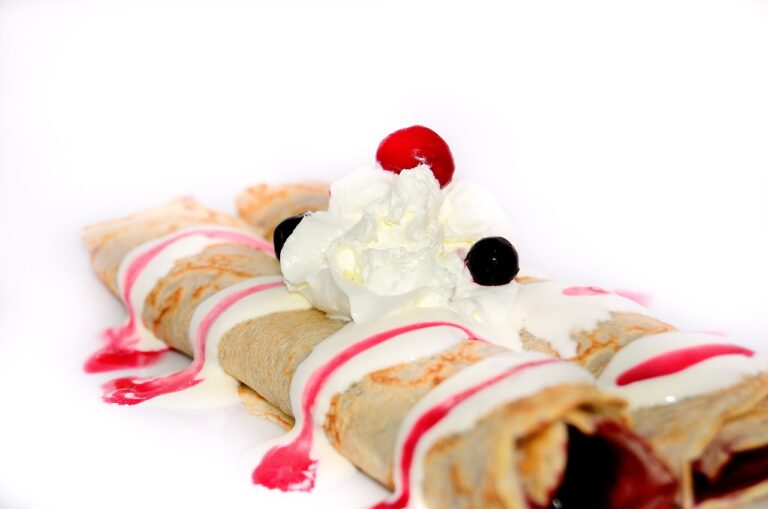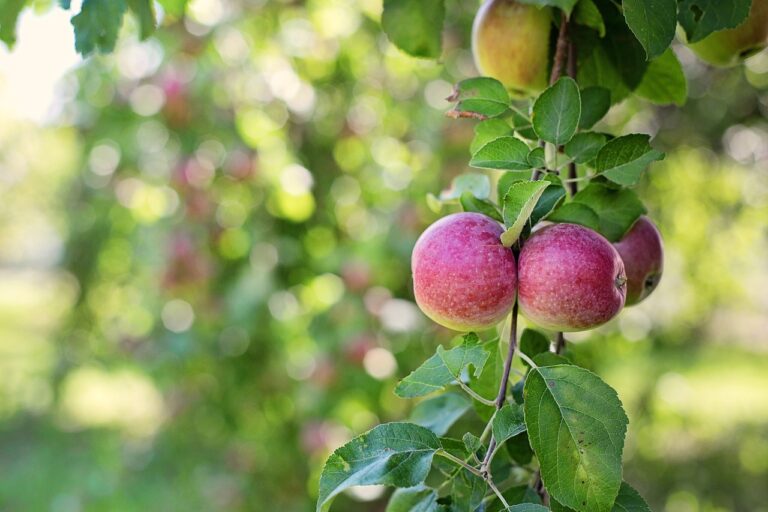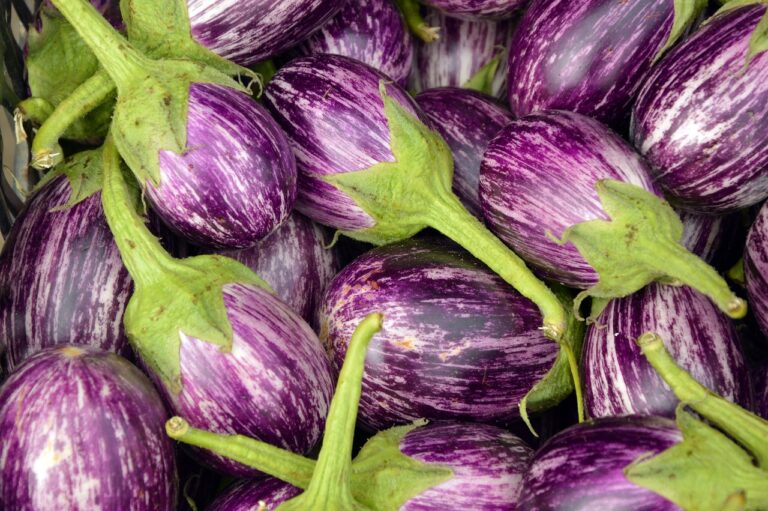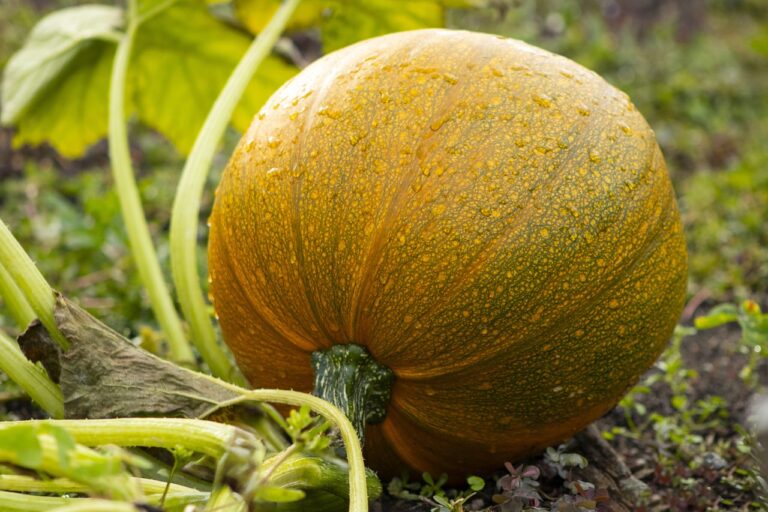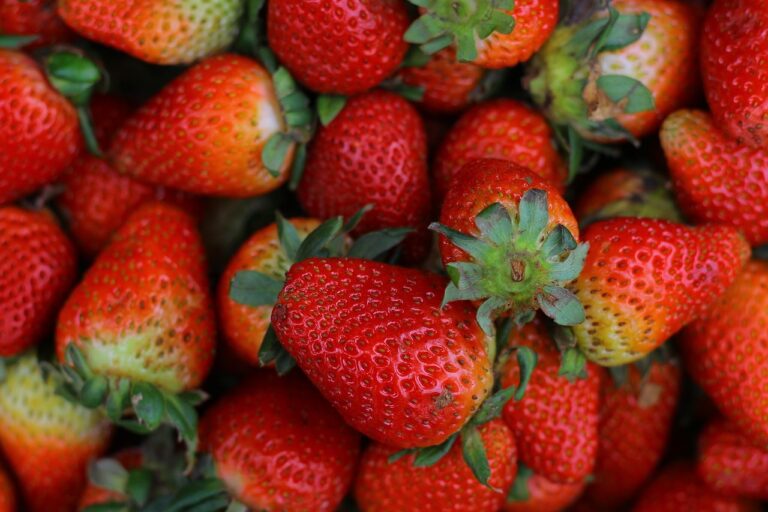The Role of Jams and Jellies in Culinary Classes: All pannel.com, Cricket bet99, Lotus365 vip login
all pannel.com, cricket bet99, lotus365 vip login: Jams and jellies are staples in culinary classes all around the world. These sweet spreads are not only delicious but also versatile ingredients that can be used in a wide variety of dishes. In this article, we will explore the role of jams and jellies in culinary classes and how they can enhance the learning experience for aspiring chefs.
Why are Jams and Jellies Important in Culinary Classes?
Jams and jellies are essential ingredients in baking and pastry classes. They are used in a wide range of desserts, such as cakes, tarts, and pastries, to add sweetness and flavor. Jams and jellies can also be used as fillings for pastries or as toppings for desserts, adding a burst of fruity flavor and a touch of sweetness.
In addition to desserts, jams and jellies are also used in savory cooking classes. They can be used as a glaze for meats, a topping for cheese boards, or a condiment for sandwiches and wraps. Jams and jellies can add depth of flavor and complexity to savory dishes, making them a valuable ingredient in the culinary classroom.
How to Use Jams and Jellies in Culinary Classes
There are countless ways to incorporate jams and jellies into culinary classes. Here are some ideas to get you started:
1. Baking and Pastry: Use jams and jellies as fillings for cakes, tarts, and pastries. They can also be swirled into batters or doughs to create marbled effects or added to frostings and glazes for extra flavor.
2. Dessert Toppings: Drizzle jams and jellies over ice cream, yogurt, or panna cotta for a simple yet delicious dessert. They can also be used to top cheesecakes, puddings, or parfaits for added flavor and color.
3. Savory Dishes: Use jams and jellies as a glaze for roasted meats, such as ham or chicken. They can also be paired with cheese boards or charcuterie platters for a sweet and savory contrast. Jams and jellies can also be used to flavor sauces, dressings, or marinades for an added punch of flavor.
4. Breakfast and Brunch: Spread jams and jellies on toast, croissants, or muffins for a quick and easy breakfast. They can also be swirled into oatmeal, yogurt, or pancake batter for a sweet and fruity twist.
5. Cocktails and Beverages: Use jams and jellies to sweeten and flavor cocktails, such as margaritas, mojitos, or bellinis. They can also be added to hot or iced teas, lemonades, or sparkling water for a refreshing and flavorful drink.
Incorporating jams and jellies into culinary classes not only introduces students to new flavors and techniques but also encourages creativity and experimentation in the kitchen. Whether used in baking, cooking, or mixology, jams and jellies are versatile ingredients that can inspire students to think outside the box and create unique dishes.
FAQs
Q: Are jams and jellies high in sugar?
A: Jams and jellies are sweet spreads that do contain sugar. However, you can find low-sugar or no-sugar-added options available in stores. Additionally, you can make your own jams and jellies at home using natural sweeteners like honey or maple syrup.
Q: How long do jams and jellies last?
A: Jams and jellies have a long shelf life if properly stored in a cool, dry place. Once opened, they should be refrigerated and consumed within a few weeks to maintain freshness. Check the label for specific expiration dates and storage instructions.
Q: Can jams and jellies be used in savory dishes?
A: Yes, jams and jellies can be used in savory dishes as they add sweetness and flavor. They can be used as a glaze for meats, a topping for cheese boards, or a condiment for sandwiches and wraps. Get creative and experiment with different flavor combinations to enhance your savory dishes.
In conclusion, jams and jellies play a vital role in culinary classes by adding sweetness, flavor, and versatility to a wide variety of dishes. Whether used in baking, cooking, or mixology, jams and jellies inspire creativity and experimentation in the kitchen. So next time you’re in a culinary class, don’t be afraid to get jammin’ and jellyin’!

